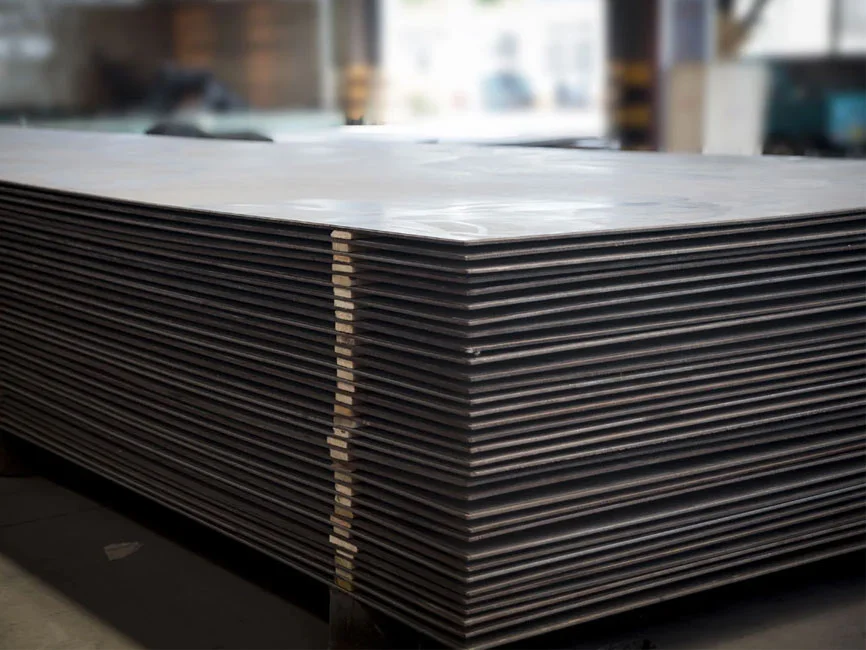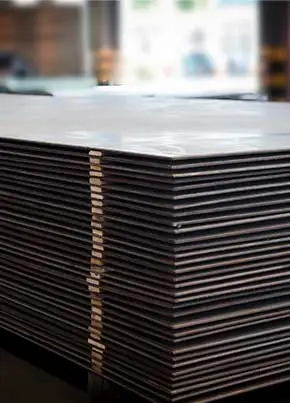For clad plates, Gallianz has three methods of production processes: explosion bonding, roll bonding and the combination of both. We provide amounts of high quality products with high efficiency as per customers requests.


Yes, clad plates can be further processed. Clad plates are formed by bonding two or more metal layers together, typically through a process like explosion bonding or roll bonding. The clad plates can then be used in various applications where their combined properties are beneficial.
However, if additional processing is required, the clad plates can undergo various methods such as cutting, bending, welding, machining, and heat treatment. These processes can be performed on the clad plates to achieve specific dimensions, shapes, or properties required for a particular application. It is important to consider the composition and properties of the individual layers of the clad plates during further processing to ensure that the desired results are achieved without compromising the integrity of the bond between the layers.
There are several common processing techniques for clad plates:
Cutting: Clad plates can be cut into desired sizes and shapes using techniques such as sawing, shearing, or plasma cutting.
Bending: Clad plates can be bent to conform to specific geometries using techniques like press brake bending or roll bending.
Welding: Clad plates can be joined or welded together using various welding techniques such as TIG (Tungsten Inert Gas), MIG (Metal Inert Gas), or laser welding. Special considerations must be taken to ensure that the bond between the layers is not compromised during the welding process.
Machining: Clad plates can undergo machining processes like milling, drilling, or turning to achieve specific dimensions, smooth surfaces, or complex features.
Heat treatment: Clad plates may require heat treatment processes like annealing, normalization, or stress relieving to improve their mechanical properties, adjust the microstructure, or relieve any residual stresses resulting from previous processing steps.
It is important to note that the specific processing techniques used for clad plates may vary depending on factors such as the material composition, thickness, application, and specifications required for the final product. Therefore, it is crucial to consult with experts and adhere to the manufacturer's guidelines when processing clad plates.
PHONE
ADDRESS
No.20 Yongtai Road, Pingqiao High-tech Industrial Park, Yu 'an District, Lu' an City, Anhui Province, P.R.China.